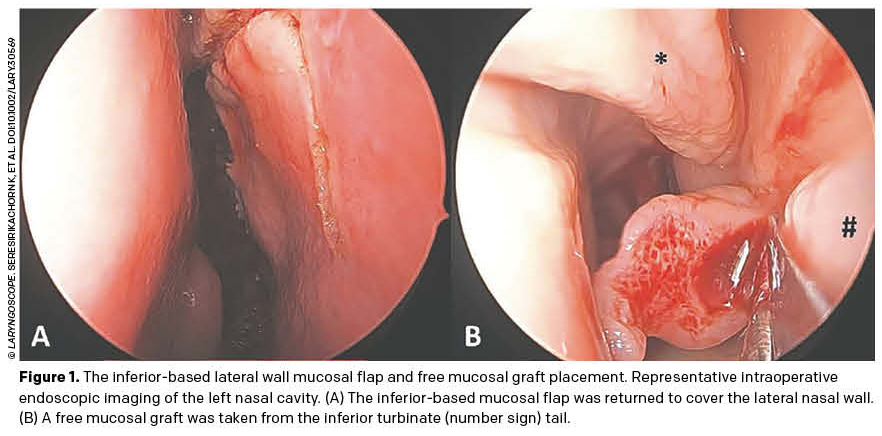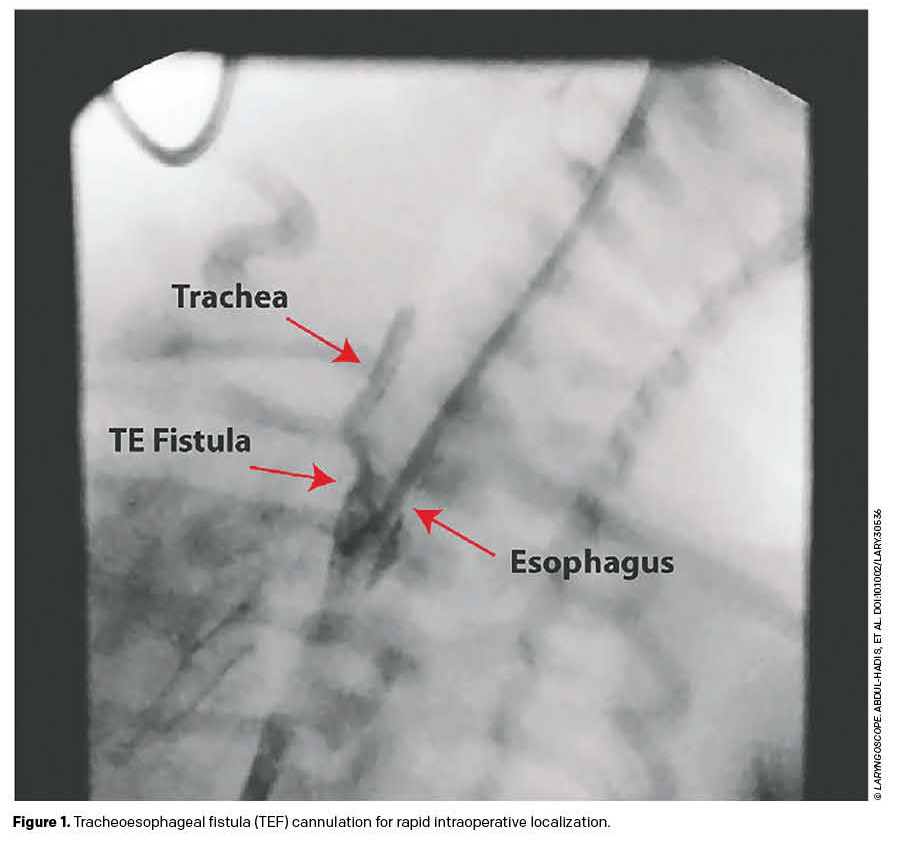Researchers have identified a strong association between telomerase reverse transcriptase, an antigen abundantly produced in roughly 85% of tumor cells, and elevated levels of white blood cells that produce antibodies within tumors.


Researchers have identified a strong association between telomerase reverse transcriptase, an antigen abundantly produced in roughly 85% of tumor cells, and elevated levels of white blood cells that produce antibodies within tumors.

Recent research shows that a person’s chronotype can influence a patient’s reaction to and use of continuous positive airway pressure (CPAP) therapy.

Facial and plastic surgery otolaryngology specialists discuss how the understanding and treatment of facial paralysis has changed over the years


The utilization of high-speed powered instruments makes this technique rapid and efficient, and it aids in rapid mucosal healing.

This step-by-step article on the surgical procedure for rapid intraoperative localization will help assist with reproducibility of the technique.
This study extends the literature base on the efficacy of biologics versus sinus surgery at both six- and 12-month timepoints.
Study findings document an age-related decline in arytenoid innervation and in myelinated, putative mechanosensory innervation density, which may be a contributing factor to presbyphagia.
Various factors can influence pharyngocutaneous fistula development after total laryngectomy, with postoperative hypoproteinemia being the highest predictive risk factor.
Monopolar electrosurgery is a versatile tool used to accomplish incision, dissection, or homeostasis during surgical procedures with no adverse events from monopolar eectrosurgery use in patients with cochlear implants